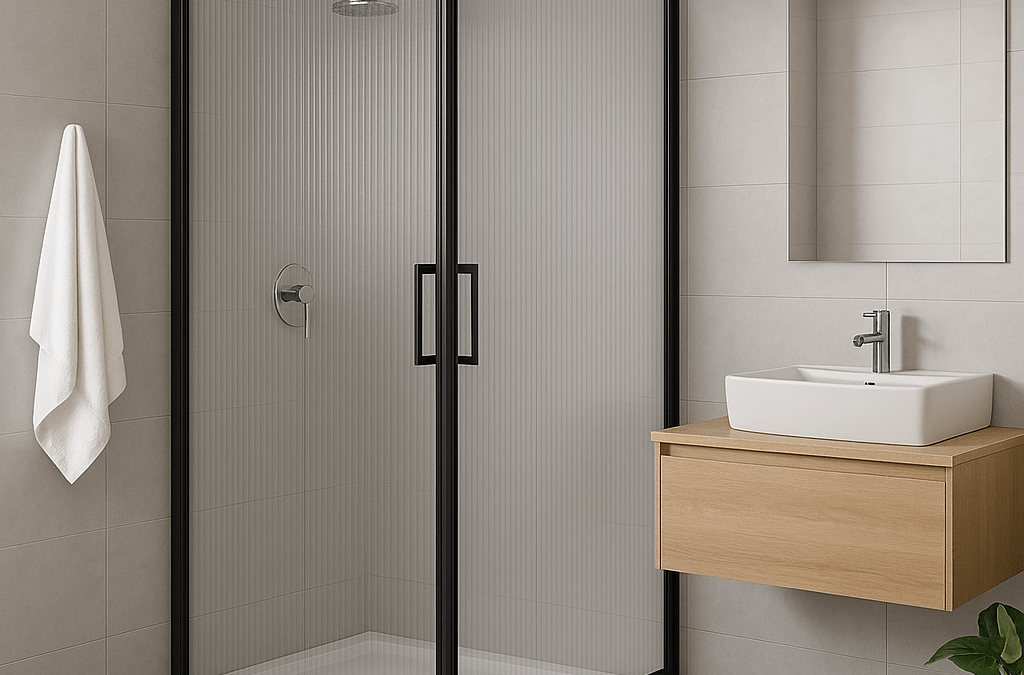When you think of materials for home design projects, your mind probably goes straight to wood, stone, or glass. But there’s another player that’s quietly been making its way into stylish interiors and clever renovations: polycarbonate plastic. Known for being lightweight, durable, and incredibly versatile, polycarbonate is no longer just the stuff of greenhouses and industrial buildings, it’s popping up in homes in ways that are both practical and design-forward.
Bringing More Light Into Interiors
Architects often choose polycarbonate panels to let natural light flow into buildings without sacrificing strength. Unlike glass, it’s lighter, more impact-resistant, and easier to shape into large panels. This makes it ideal for skylights, atriums, and partitions that brighten interiors, while keeping energy costs down.
Using a clear polycarbonate plastic sheet allows you to maintain transparency while improving safety and durability. Instead of traditional drywall, translucent polycarbonate panels can divide a room while still letting daylight flow through. This is particularly handy in open-plan homes where you want separation without cutting off the light.
Clear or frosted polycarbonate can act as a safety barrier on balcony or stairwell balustrades, while still allowing light to bounce around. It helps avoid the boxed-in feeling that solid barriers create.
A Contemporary Alternative to Glass

Glass is beautiful, but it’s heavy, costly, and prone to shattering. Polycarbonate offers a practical alternative in several home design projects:
Furniture design: From tabletops to shelving, designers are experimenting with polycarbonate to create pieces that look elegant but are surprisingly resilient.
Shower enclosures: Frosted or patterned polycarbonate creates a sleek, modern shower screen that’s much harder to crack than traditional glass.
Doors and cabinets: Clear or tinted polycarbonate can be used in place of glass panes for cupboard doors, sliding doors, or even wardrobe fronts. It offers the same visual lightness without the worry of breakage.
Adding Texture and Personality
Polycarbonate doesn’t have to be plain and transparent. It comes in patterned and ribbed finishes, offering a chance to play with texture in your home design. Ribbed sheets, for example, are increasingly popular in modern interiors for feature walls or privacy screens. They give a soft diffusion of light while adding architectural interest.
Coloured polycarbonate is another option. From smoky grey to bronze or even bright tones, it can be used to inject personality into a space. Imagine a kitchen backsplash in a rich amber polycarbonate panel – it’s practical, easy to wipe clean, and makes a bold style statement.
Creating Stylish Outdoor Features

Polycarbonate isn’t just for interiors. Its durability makes it perfect for outdoor use. From garden canopies, pergola roofs and conservatories, it withstands harsh weather while maintaining a clear, polished appearance. Many homeowners now prefer it for greenhouses and patio roofs as it filters sunlight without yellowing over time.
Its UV resistance ensures that outdoor features remain clear and attractive, even after years of exposure. This makes it a cost-effective option for homeowners who want longevity and low maintenance.
It’s also useful for carports and bike shelters. Clear or tinted panels can create protective shelters that don’t block the light, making them feel less intrusive in the garden.
Practical Benefits Beyond Aesthetics
While polycarbonate looks good, its appeal isn’t just skin deep. Some of the practical advantages include:
- Impact resistance: Great for family homes where knocks and bumps are part of daily life.
- UV protection: Many panels are coated to block harmful UV rays, helping protect interiors from fading.
- Insulation: Twin-wall or multiwall polycarbonate sheets trap air, making them good insulators. This can help reduce heat loss in extensions, garden rooms, or conservatories.
- Cost-effectiveness: Compared with glass or custom wood, polycarbonate is often cheaper and easier to work with.
DIY-Friendly Material

If you enjoy DIY projects, polycarbonate can be an accessible material to work with. It’s lightweight, can be cut with the right tools, and is easier to manoeuvre than heavy glass panels. Whether you’re crafting a partition wall, a custom desk surface, or even a mini greenhouse for your backyard, polycarbonate gives you plenty of scope to experiment without breaking the bank, or your back.
Is Polycarbonate Right for Your Home?
Like any material, polycarbonate has its limits. It can scratch more easily than glass, so it’s worth considering protective films or choosing textured finishes for high-contact areas. And while it’s heat-resistant, it’s not suitable for places where it would be exposed to open flames.
That said, for most everyday home design projects – especially those where durability, lightness, and safety are priorities – it’s a smart choice.
Final Thoughts
Polycarbonate plastic has come a long way from its industrial roots. Today, it’s a versatile material that blends function and style, lending itself to everything from bright partition walls to sleek shower screens, patio roofing, and statement furniture. If you’re looking for something modern, affordable, and surprisingly chic, consider how polycarbonate could be the element that ties function and style together.
Related
<!–
–>

